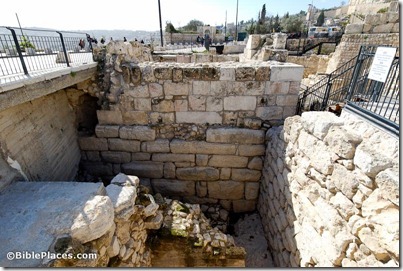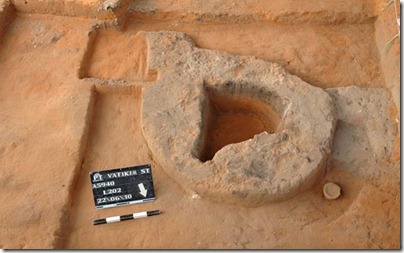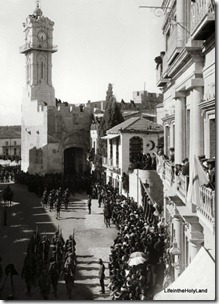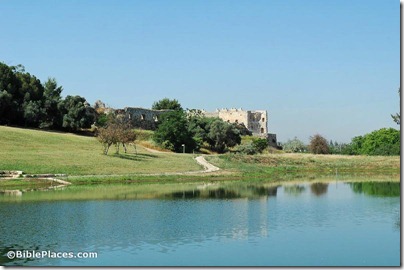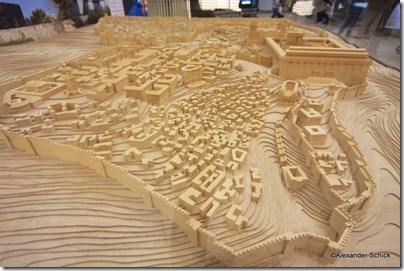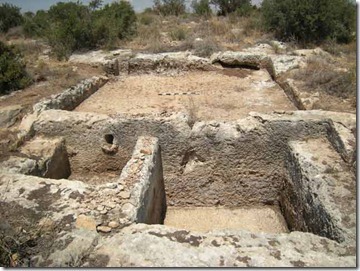The rain in Israel has turned to snow. Jerusalem is all but closed. A meter of snow fell on Mount Hermon overnight. The Sea of Galilee is up 6 inches. Haaretz is calling this the biggest storm in a decade with Israel’s main highway closed for 9 hours. Wind gusts in Haifa reached up to 75 miles per hour.
BBC reports that Gaza’s archaeological treasures are at risk from war and neglect.
Ferrell Jenkins explains the significance of Gaza.
Artifax and The Book & The Spade Radio program have posted their Top Ten 2012 Discoveries.
They are similar to our (unnumbered) list. Leen Ritmeyer picks his top two.
The conclusion from the 2012 excavations south of the Temple Mount (aka “Ophel”) is posted in an 11-minute video, concluding with a tour by archaeologist Eilat Mazar.
Thirty Days in the Land with Jesus: A Holy Land Devotional, by Charles H. Dyer, is for sale on Kindle for $1.99 this week. The 248-page book was released in 2012.
HT: Charles Savelle
Photo from Pictorial Library of Bible Lands
